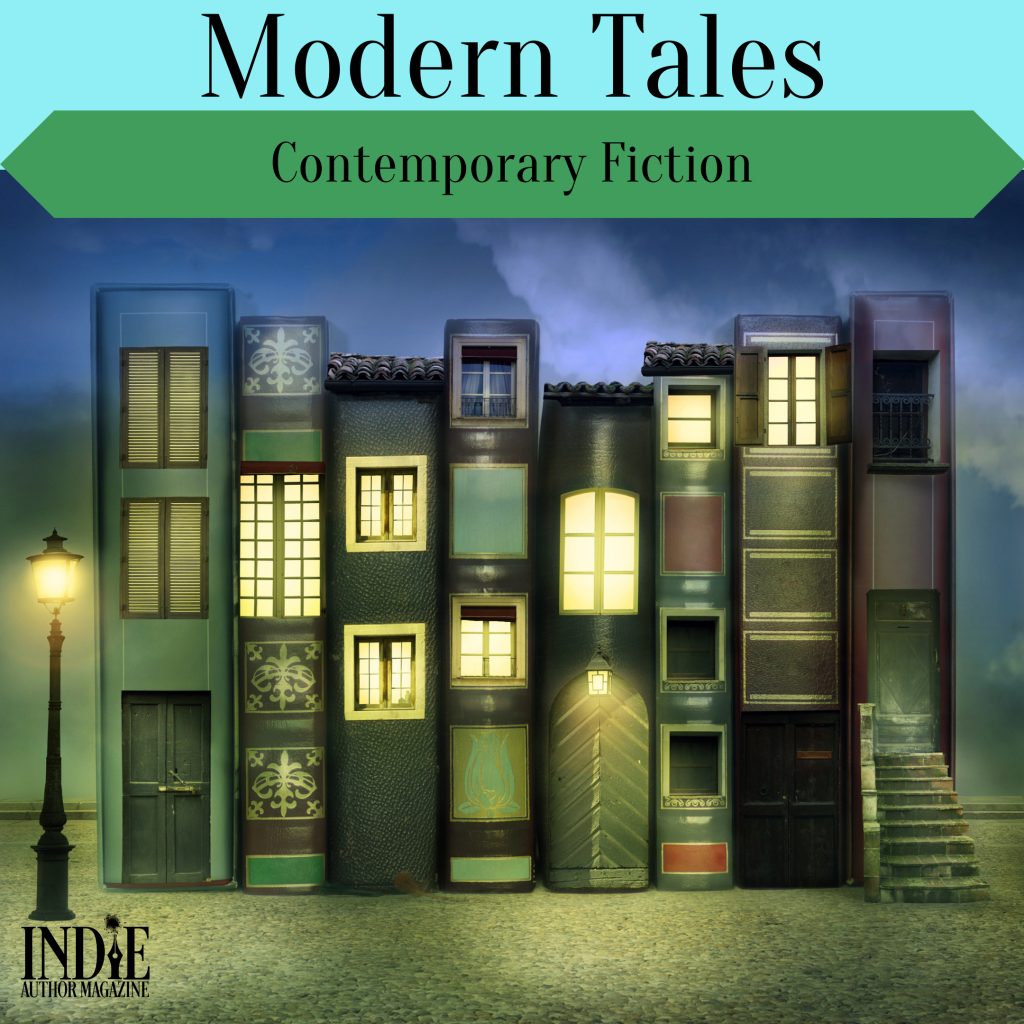The Differences between Contemporary Fiction, Contemporary Romance, and Literary Fiction
Romance is, without a doubt, the largest genre with the most voracious readers, and according to a K-lytics report from 2024, it has seen nearly a 100 percent growth in the number of searches it receives on Google even in the last five years. The genre is categorized into well-defined subgenres that come with plenty of expectations from readers—and that includes Contemporary Romance, an expansive, thriving subgenre categorized by the time period of post–World War II to the present day.
Contemporary books find mass appeal in their relatability, and that isn’t relegated to Romance alone. Other genres have adopted the umbrella term “contemporary” based on guidelines established in the book ecosystem of readers, authors, marketers, and writers. Contemporary stories, romances or otherwise, all contain modern themes and settings for maximum relatability with readers. So what sets them apart?
Contemporary Romance
Contemporary Romance focuses on escapism through realism, drawing on modern social issues, societal shifts, and modern relationships. There is a heavy focus on the present, or near present, as characters live normal lives, and the reader is brought into that world. Readers should expect these stories to directly reflect their own experiences and emotions, allowing them to enjoy and connect with the characters more deeply. There are a few easy signals any writer in the genre can send to the reader that your story is exactly what readers are looking for.
Look for tropes such as the following to show up as building blocks in several popular Contemporary Romance stories:
Second Chances: In this trope, the relationship between characters has dissolved at some point, and new circumstances in life are giving the relationship another chance to thrive. Where the tension comes in is how the characters’ lives have changed during the period of separation and how they must overcome those issues. Contemporary Romance, like all Romance, should ideally work toward a “happy for now” or “happily ever after” ending, according to Book Riot, depending on the author’s plans for those characters in the future.
Enemies to Lovers: A trope with a huge payoff for the reader, “enemies to lovers” sets a character at odds with another character, making it seem as if they could never possibly get along, let alone be together. Characters start off opposing each other, and through their journey, they come to build a relationship and eventually fall in love, becoming allies rather than enemies.
Forbidden Love: A familiar trope famously seen in Romeo and Juliet, “forbidden love” pits a relationship against outside forces that are determined to keep the lovers apart. Strain on the characters’ relationship doesn’t come from within but from the outside world.
Of course, there are plenty more Romance tropes that can apply in contemporary stories as well as in any other subgenre. Find lists such as Writer’s Digest’s “21 Popular Romance Tropes for Writers” for more ideas.
Contemporary Fiction
Outside of the tropes that make Contemporary Romance unique, there is a broader genre of Contemporary Fiction that embodies the same time frame without meeting the classifications of the Romance genre. Contemporary Fiction is a little less refined, defined largely by taking place in the present or recent past and allowing for the story to delve into more modern social, political, and cultural events. The genre finds success in its ability to connect with readers on topics they understand and find interest in. And while it may seem Contemporary Fiction is dominated by Romance, there is room for other genres to find a home under the umbrella term.
Science Fiction set in the present with real, modern science rather than speculation can hold the banner of Contemporary Fiction. Books like Outbreak by Robin Cook, published in 1987, might be considered both a Thriller and a Sci-Fi novel based on its heavy exploration of viral outbreaks of Ebola. Military Thrillers can also do the same if they draw from present events, even if the fiction is heavier with characters who are sometimes borderline action hero stars.
In Contemporary Fiction, there are a few opportunities to subvert reader expectations, but they generally lie on the fiction side of Contemporary Fiction.
Literary Fiction
When exploring Contemporary Fiction, it is important to distinguish between Contemporary Fiction and Literary Fiction. While Contemporary Fiction focuses on current events, societal issues, and modernism, Literary Fiction focuses on language and style in lieu of plot and character development. Nonetheless, Contemporary Fiction can be considered a subgenre of Literary Fiction. Further down the line, such as in the Military Thrillers mentioned before, elements such as mystery and thrills define further subgenres.
Contemporary Fiction should reflect the reader’s world. A book’s themes and topics explored within the story do best when the reader cares about the topics at hand, whether they be relationships, questions about scientific advancements, thrilling military adventures, or a deep exploration of human relationships. And while there is much overlap between Contemporary Fiction, Contemporary Romance, and Literary Fiction, a writer can do well by understanding what the reader expects from a given genre or subgenre—in this case, a story that seeks to comment on real-world situations rather than escape from them.
David Viergutz

